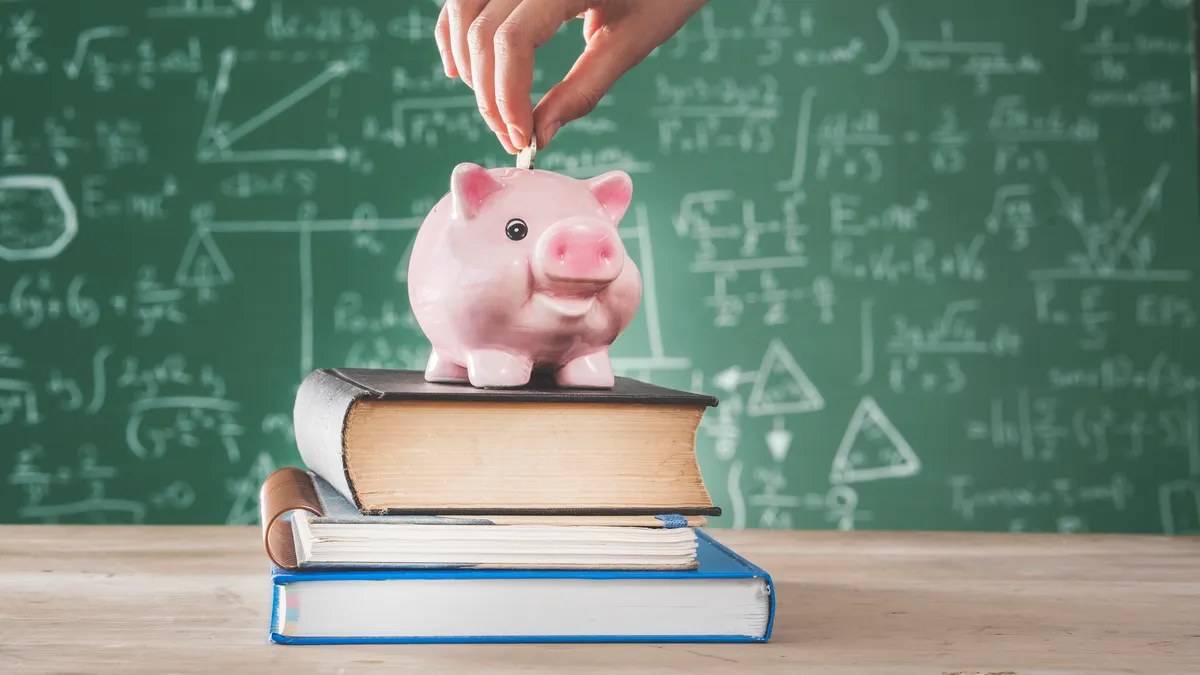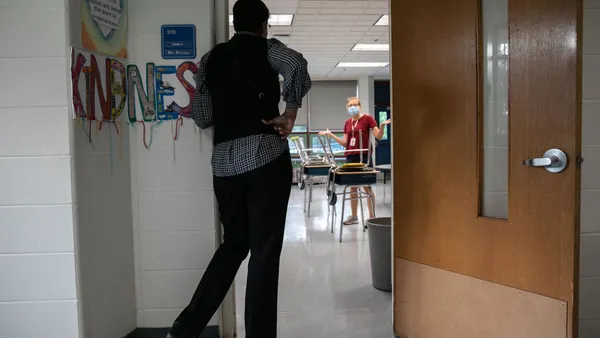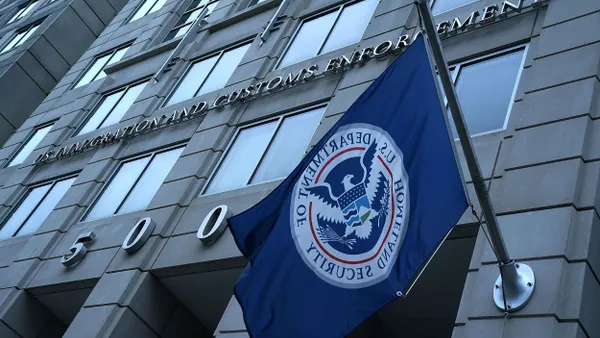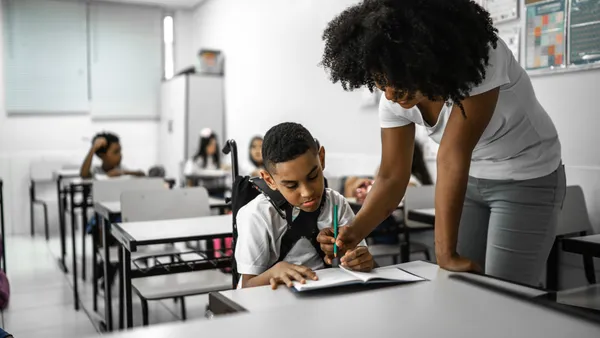Participation in private school choice — when students use public funds toward private school tuition — has increased 25%, from just over 1 million students in 2024 to 1.3 million this year, according to a new analysis by EdChoice, a pro-school choice advocacy organization.
This has been the largest year-to-year increase since EdChoice began tracking this data in 2000, said Robert Enlow, president and CEO of EdChoice. He added that it took about 24 years for private school choice participation to reach 1 million students and only one year to reach 1.3 million.
Enlow said the rapid increase in private school choice participation is occurring simply because more choice opportunities exist. "When you increase the ability of families across all income levels to get the options that they want, you're going to see them taking those options up," he said.
While private school choice programs have been around for several decades, they mostly served a smaller subset of students, such as those with disabilities or from low-income families. Now, more states are expanding private school choice programs to serve all students, regardless of family income levels.
EdChoice analyzes various types of private school choice programs but is seeing the largest participation gains in recent years in education savings accounts. ESAs are savings accounts funded from taxpayer dollars that parents can use for various educational purposes, including tuition at private schools or tutoring services.
The EdChoice data shows that several states like Arkansas, Iowa, West Virginia and Florida are seeing sharp increases in private school choice programs. For example, in Arkansas, private school choice enrollment nearly tripled between 2023-24 and 2024-25 school years. In West Virginia, participation more than doubled between the two school years.
Public school advocates oppose private school choice programs, saying taxpayer funding should be directed to public schools that must educate all students. They say private schools can choose which students can enroll, and they can turn away students with more intensive needs, such as those with disabilities, those with learning or behavioral struggles, and those who are low-income.
Opponents also criticize a lack of transparency and accountability for private school choice programs. State-level private school choice programs have faced litigation challenging the diversion of public funding to private schools, including religious institutions.
Despite rapid growth in private school choice, a 2024 report by EdChoice shows that most of the U.S. student population — 80% — attend traditional public schools. A 2024 survey of 2,319 parents from EdChoice shows 60% of respondents would choose a private, charter or homeschool option.
Enlow predicts private school choice participation will continue to grow, especially as more states expand options and as a federal school choice program is rolled out over the next few years.
The issue to watch is whether the private school supply can keep up with demand, said Enlow. In other words, are there enough private school seats to enroll all the students who want to attend?
As taxpayer-funded private school choice programs expand, some private schools that are early adopters will rush to accept participating students, while other private schools may be later adopters, Enlow said. Another aspect to watch is whether rules and regulations to open new private schools loosen.
"We have all of these families wanting choice. What is in the way of getting new private schools started? How bureaucratic is the process?" Enlow said. "So part of this conversation is, ‘How can we make it easy for nonpublic schools to also start — to open up the barriers to them — so that they don't have to go through a bunch of top-down bureaucratic regulations?’”













